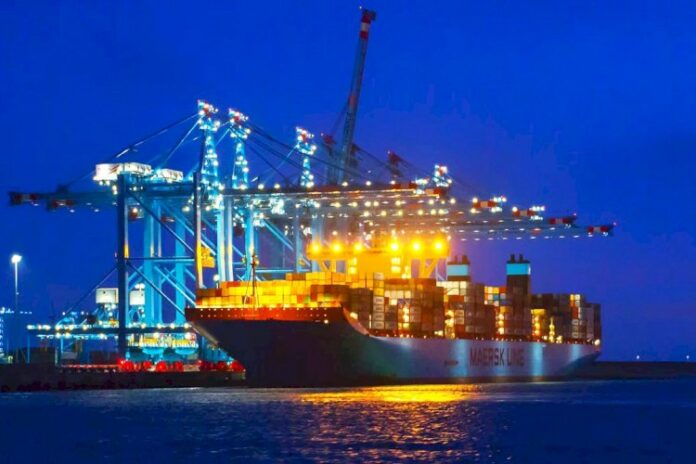A pilot project of the Port of Rotterdam Authority is now a fully-fledged application called Cargo Tracker. Portbase will be developing the application in the coming months in collaboration with the market. The expectation is that companies will be able to use Portbase by the end of this year to monitor all import movements and they will be notified automatically about any delays.
No more calling the shipping company or emailing the terminal to ask where a container has got to: just log on to a portal and see immediately where the cargo is. This service, known as Cargo Tracker, is available to everyone and one of Rotterdam’s aims with the new option is to establish its reputation as a smart port.
Cargo Tracker is the successor to Boxinsider, an app developed by the Port of Rotterdam Authority in 2019. Matthijs van Doorn, Director of Logistics, explains:
‘Our strategy is to become the smartest port in the world, and in that way to boost our competitive position. The digital transition is opening up opportunities. From that perspective, we launched a number of experiments in our own development lab. They included collaborating with the market in the search for solutions. One of them involved enhancing the transparency of the chain: supply chain visibility. Initially, we wanted to tackle that in a large-scale, wide-ranging way but that turned out to be unachievable in the short term. So we reduced our focus by concentrating on a number of parties in the chain. We went to work to get information from different parties so shippers would know better what is happening.’
The result was Boxinsider. Van Doorn says:
‘Ship owners, terminals and shippers were interested in getting on board. The tool met the demand for chain visibility and led to standardisation. The transparency meant that everyone in the chain knew exactly what was going on and the standardisation ensured that data could be exchanged smoothly and reliably. Once this structure was in place, we wanted to take it to the next level and make it available to more companies for development and use. That can be done through the Portbase Port Community System.’
Supplying the tool through Portbase will allow it to grow, says Donald Baan, a former employee of the Port Authority who helped with the predecessor, Boxinsider, and who now works as Portbase’s business development manager:
‘We’re now working with the new name, Cargo Tracker. I think it’s a hugely valuable product for shippers. You don’t want to spend all day making phone calls and entering codes on different sites to know where a container is. We now have all that information in Cargo Tracker. It’s clear at a glance where containers are located and the system also provides information about things like customs declarations. Not only does that save on phone calls and a lot of internet time, the data can also be used to optimise things like warehouse planning. Obviously, the information is available only to people who have been given authorisation. So we make sure that the data is shared not only efficiently but also securely.’
Source: evofenedex/Job Halkes



